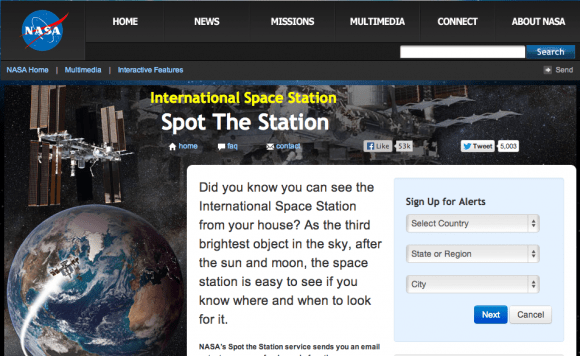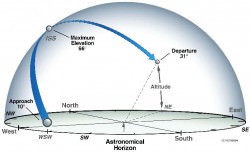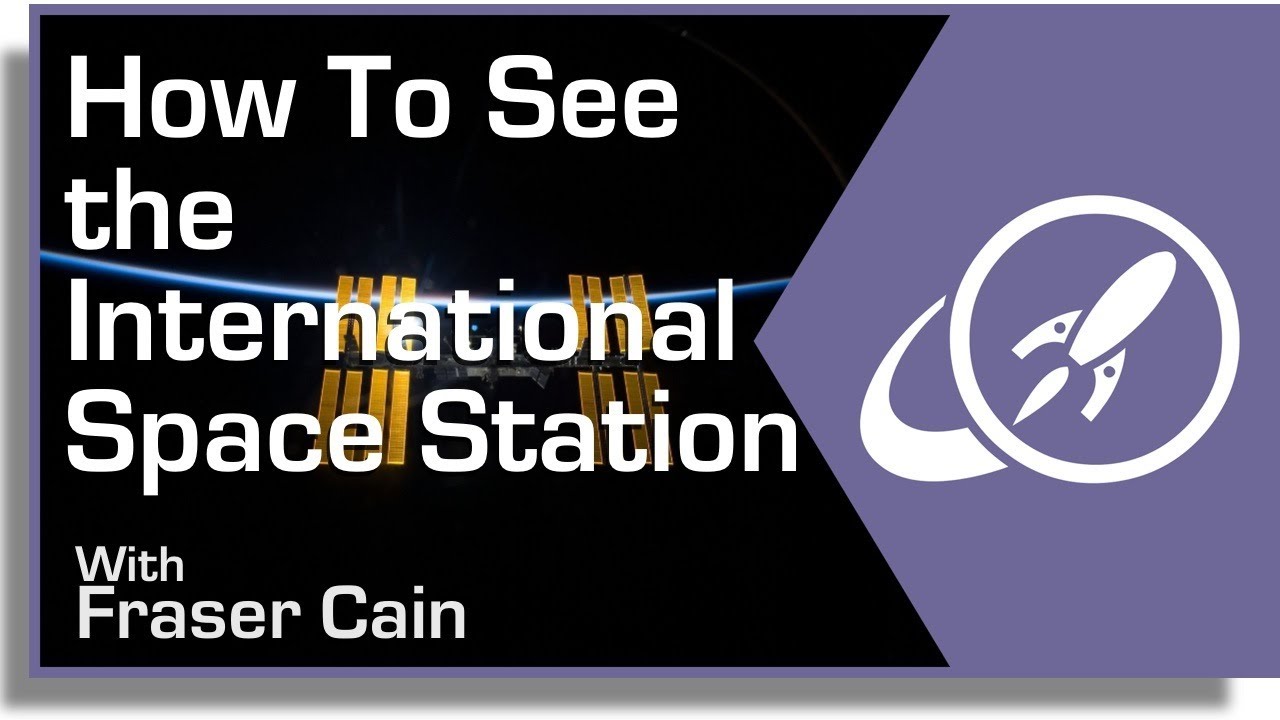The International Space Station is one of the most complicated machines ever built and the largest object ever assembled in space.
At any time there are up to six astronauts on board, each originating from one of fifteen different nations on Earth. It orbits at an altitude of approximately four-hundred kilometers, and completes an orbit around the Earth every ninety-two minutes and fifty seconds. The station has a mass of four-hundred-and-twenty metric tonnes, and contains a dozen pressurized modules, and many more unpressurized modules, trusses and solar panels.
It truly is a feat of human ingenuity.
But did you know that the International Space Station is one of the brightest objects in the night sky? And it’s easy to see if you know when, and where, to look.
In fact, with your ability to find the station you can amaze your friends and neighbours.

About twelve hours before the station is due to fly overhead, you’ll get a notification from NASA. Depending on your location, you might get notified a couple of times a week, or as rarely as once a month. As soon as you get the notification, create an alarm on your phone for about a minute before the flyover.
When the alarm goes off, take your friends outside and look to the West.

The station moves so quickly if you’re using a telescope you will have a tough time tracking its movement. A nice pair of binoculars will make it look a lot brighter, and even let you see the H-shape of its solar panels. But even viewing it with the naked eye is a great experience.
NASA’s website is just one of the many ways you can get notifications.

There are also dozens of Android and iPhone apps that will perform this function; many of which are free to use.
If you’ve never seen the station, head on over to NASA and set up a notification right away.
Then kick back and let orbital mechanics bring the station to your backyard at a time that’s convenient for you.
Want more details? We’ve got a detailed guide on how to View the International Space Station for Beginners, and How to Photograph the International Space Station.

